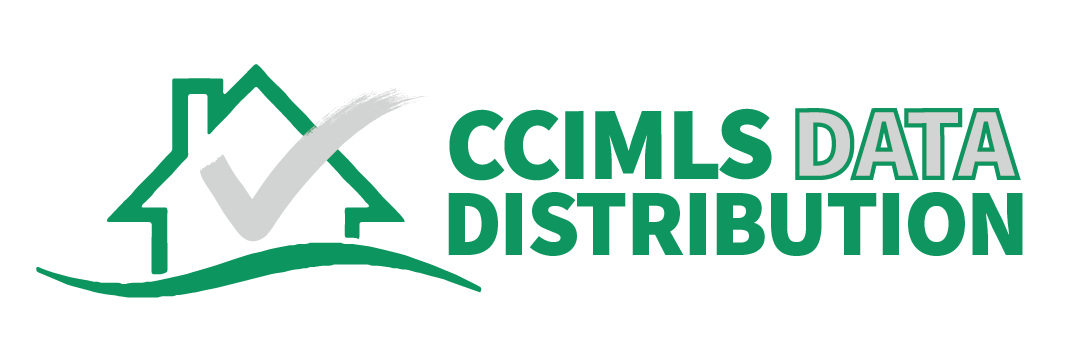
The American population over age 65 is set to double by the year 2060. That’s almost 100 million seniors needing housing in facilities that currently are in short supply. And really, do you want to live in a senior housing facility when you’re older? Most don’t. In fact, 80 percent of seniors would prefer to stay in their current home if they could.
The challenge, however, is that most home designs simply never factored in the needs of growing older. Today, however, is a new day. With technology at our fingertips, homes built now can feature assistance for you to stay in place in your home over the long run. This technology, a part of the ambient assisted living emerging industry, brings improved safety, medical care, and mobility right into your home.
Check out these smart home options and think about how to include them in your build or remodel.
- Security: Systems designed to warn you of fire and gas leaks are old news. But, newer systems that also can tell you who is at your front door, or that let you lock the front door from anywhere inside or outside the home via an app on your phone take it a step closer to giving autonomy to less mobile seniors. It also can let family know if you've fallen, or if there is an emergency, so it provides the family with the security of that their loved one is secure. Check out the options from Abode Iota, Nest Secure, or Ring Video Doorbells and Alarms.
- Peace of mind: The newest version of Apple Watch, Series 4, has fall detection software that can detect when a hard fall occurs if you’re wearing the watch. In that event, it’s internal vibration system “taps” your wrist, displays an alert message, and sounds an alarm. At that moment, you can dismiss the alarm or call emergency. If it detects movement, the watch waits for you to respond, but if you've been immobile for over a minute, your watch will automatically call emergency, and also send a message to your designated emergency number letting them know your location and that it dialed emergency services for you.
- Hazards: Getting around in the kitchen creates complications for anyone with limited mobility. Sense, a home energy monitor, can attach to the home’s electric panel. It can detect if an appliance runs too long and notify the homeowner. It also notifies a caregiver of changes to typical usage patterns, so if mom always makes coffee at 8:00 AM, and today that didn’t happen, Sense lets the caregiver know that something could be amiss. Protect yourself from bathroom hazards with Walabot Home’s two-way fall-detection system.
- Autonomy: June, a countertop oven, automatically detects and recognizes the food placed in it, cooks it and then turns itself off. Connect your June to Alexa, and it tells you when your food has cooked. The AmazonBasics microwave works with Alexa or Echo Dot voice commands to set temperatures, cook, and inform you when your meal is ready. This feature particularly assists vision impaired cooks. In the living room, let Siri, Google Home Hub, or another device turn on your television, music, movies and more.
- Health: New on the scene are telehealth (remote healthcare) options that reduce the need for doctor visits. Since transportation typically is a challenge for seniors, advancements in this area with wireless devices and monitoring look to a future of improved livability.
Early adoption of these systems prepares you for a time when you need to rely on them. In some new developments, builders install smart home technology from the ground up. If you'd like to see smart homes in your area, talk to a local real estate professional to view available homes.
About the Author


